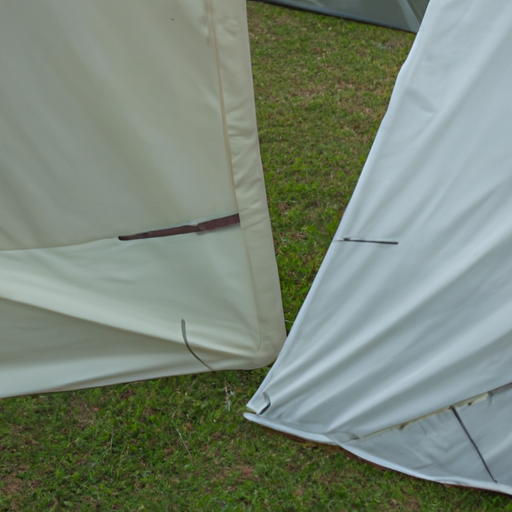The Manufacturing Process of Camping Tents

Camping is a popular outdoor activity enjoyed by many people around the world. Whether it’s a weekend getaway or a longer adventure, having a reliable camping tent is essential for a comfortable and enjoyable experience. But have you ever wondered how these tents are made? In this article, we will take a closer look at the manufacturing process of camping tents. The first step in making a camping tent is designing the tent’s structure. This involves determining the size, shape, and features of the tent. Designers consider factors such as the number of people the tent can accommodate, the type of weather conditions it will be used in, and the ease of setup. Once the design is finalized, it is time to move on to the next step. The next stage in the manufacturing process is selecting the materials. Camping tents are typically made from lightweight and durable materials such as nylon or polyester. These materials are chosen for their ability to withstand various weather conditions while remaining lightweight and easy to carry. Additionally, the tent’s poles are usually made from aluminum or fiberglass, providing strength and stability. Once the materials are selected, they are cut into the desired shapes and sizes. This is done using specialized cutting machines that ensure precision and accuracy. The fabric pieces are then sewn together using industrial sewing machines. This step requires skilled workers who carefully stitch the fabric together, ensuring that the seams are strong and waterproof.
 After the tent’s main body is sewn together, it is time to attach the tent’s poles. The poles are inserted into designated sleeves or clips on the tent’s fabric. This step requires precision to ensure that the poles fit securely and provide the necessary support for the tent’s structure. Once the poles are in place, the tent is almost complete.
After the tent’s main body is sewn together, it is time to attach the tent’s poles. The poles are inserted into designated sleeves or clips on the tent’s fabric. This step requires precision to ensure that the poles fit securely and provide the necessary support for the tent’s structure. Once the poles are in place, the tent is almost complete.





